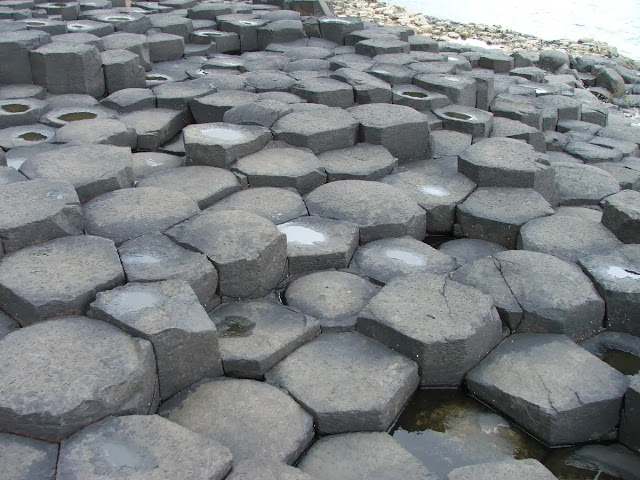Study Suggests Mt. Etna Is Just a Giant Hot Spring Not a Proper Volcano
 |
| Mount Etna eruption, Sicily, Italy |
Mount Etna, one of the world’s most famous volcanoes, may be misunderstood.
According to one geologist, the material feeding the cone is mostly water, so Etna is effectively a giant hot spring. But other geologists are unconvinced.Carmelo Ferlito, a volcanologist at Università di Catania, in Sicily, has suggested in a paper published in the journal Earth-Science Reviews that Mt. Etna behaves more like a giant hot spring than a volcano. He is not, as some publications have suggested, claiming to have found evidence showing that Mt. Etna is not a volcano, but suggests that it has some properties that are different than other volcanoes.
In addition to spewing tons of lava, it also emits an enormous amount of steam, sulphur dioxide and carbon dioxide. It is these other emissions that has Ferlito convinced that there is something different going on with the volcano.
Ferlito notes that most theories surrounding volcanos suggest that steam, carbon dioxide, sulphur dioxide and other gases that are trapped in magma are released into the air as the magma cools after being ejected from the volcano.
But, he notes, no one has been able to explain how so much of the gas can be released from Etna's proportionally small amount of magma release. He points out that for Etna to produce as much water and gas as it does, it would need to produce 10 times as much lava.
Ferlito also points out a problem with another theory that suggests steam and gases might be released from magma inside the volcano before it can be expelled, causing the magma to fall back into the volcano. He notes that if this were the case, the volcano would inflate like a balloon.
He believes that the source of the steam is water pockets beneath or near the volcano, which are turned to steam and rise to the surface and are released—as happens with hot springs. He cites recent research by others indicating that there may be much more water in the mantle than has been thought.
The study was published in the journal Earth-Science Reviews.



%20(1).webp)




